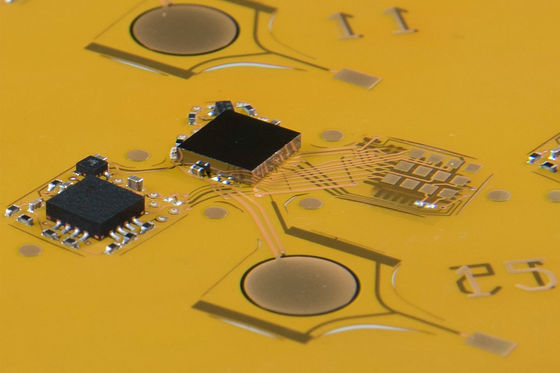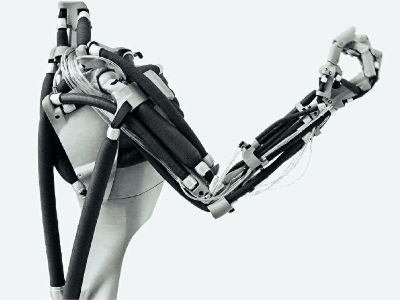Research is ongoing to freely maneuver "dandelion" on dragonflies

Drone 's technological innovation has progressed so that palm - sized drones are now on the market, but in terms of the possession of energy (batteries) and flying ability, there are parts that are still inferior to the living things insects It is said. Under such circumstances, research is under way to develop a device that realizes the opposite idea of "controlling insects freely".
Draper - Engineering Possibilities
http://www.draper.com/news/equipping-insects-special-service
DragonflEye Project Wants to Turn Insects Into Cyborg Drones - IEEE Spectrum
http://spectrum.ieee.org/automaton/robotics/industrial-robots/draper-dragonfleye-project
In research and development institution "Draper" which is promoting this research, "to control light by creating nerve cells responsive to light" in the brain by genetic manipulationPhotogenetics(Optogenetics) "technology enables you to freely manipulate flight dragonfly"DragonflEyeWe are developing the development of.
DragonflEye is small enough electronic equipment to be mounted on the dragonfly's back. As shown in the model below, multiple elements are folded so that they can be attached to dragonfly marks.

This device uses a technology to control the response of neurons in the brain by giving a signal to the brains of dragonfly with light. By genetic manipulation, the neurons responding to light like the retina of the eye are expressed inside the brain, and the direction from which the dragonfly tries to fly is controlled from the outside by adding light from the device to that portion It has become.
Normally, "optical fiber" made of thin glass fiber is often used to deliver light to a target position, but it is too strong to win around the cranial nerve cells of dragonfly, so it is unsuitable It turned out to be. So Draper's research team said that it was flexible and established a technology that can stimulate light on the cranial nerve cells in a pinpoint by developing a new material that can be bent at a level of 1 mm or less Thing.

Draper said that by advancing development of this technology, it is looking at applications to agriculture and medical fields. Application of this technology to honeybee, which is regarded as a problem of reduction worldwide, is expected to be useful for making crop pollination more efficient than before.
About light genetics, it is explained in detail in the following site as well.
Revolutionizing the brain / neuroscience with light "Optogenetics" | Chem-Station (Chemste)
http://www.chem-station.com/blog/2014/12/Optogenetics.html
Related Posts:







